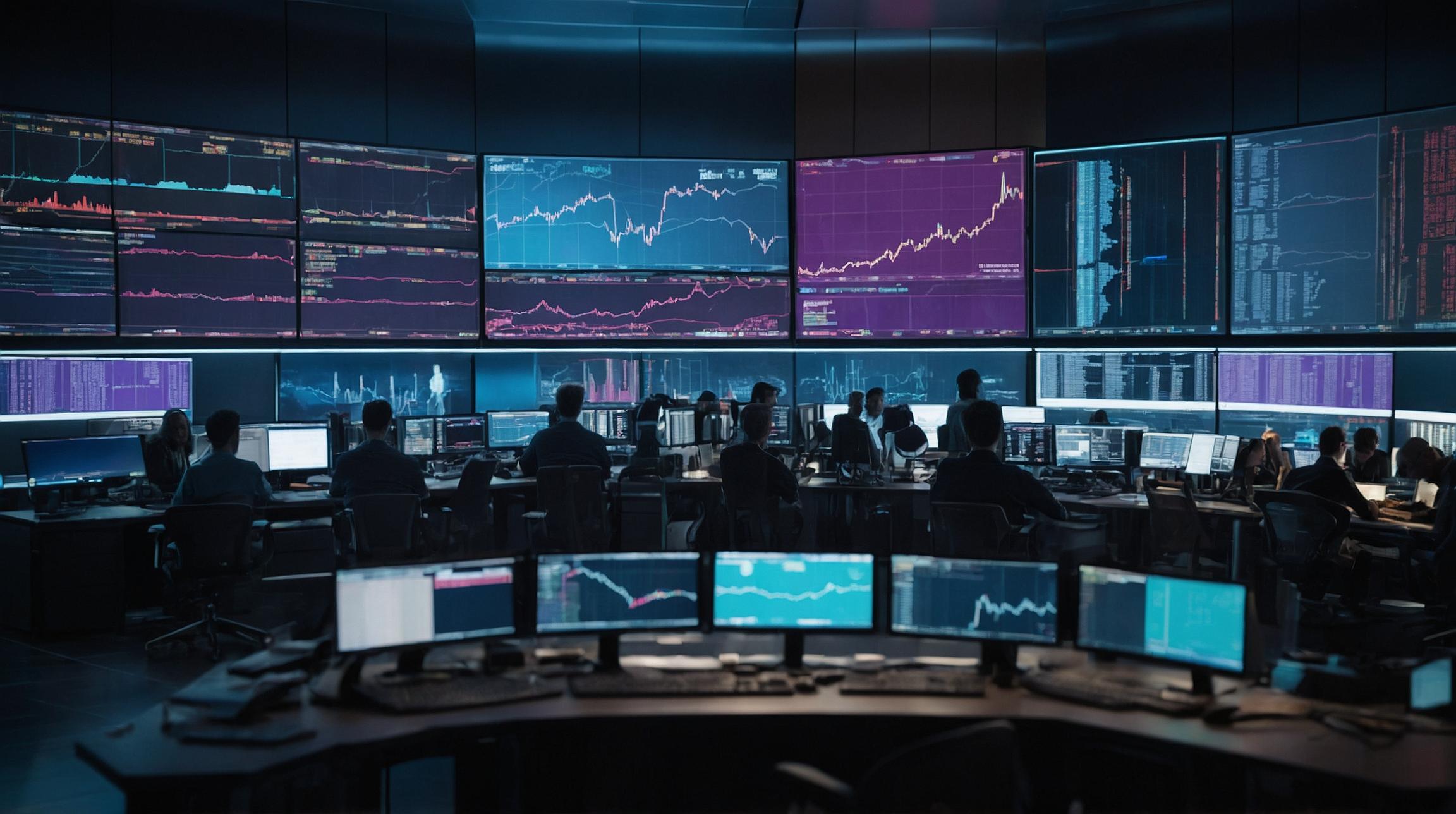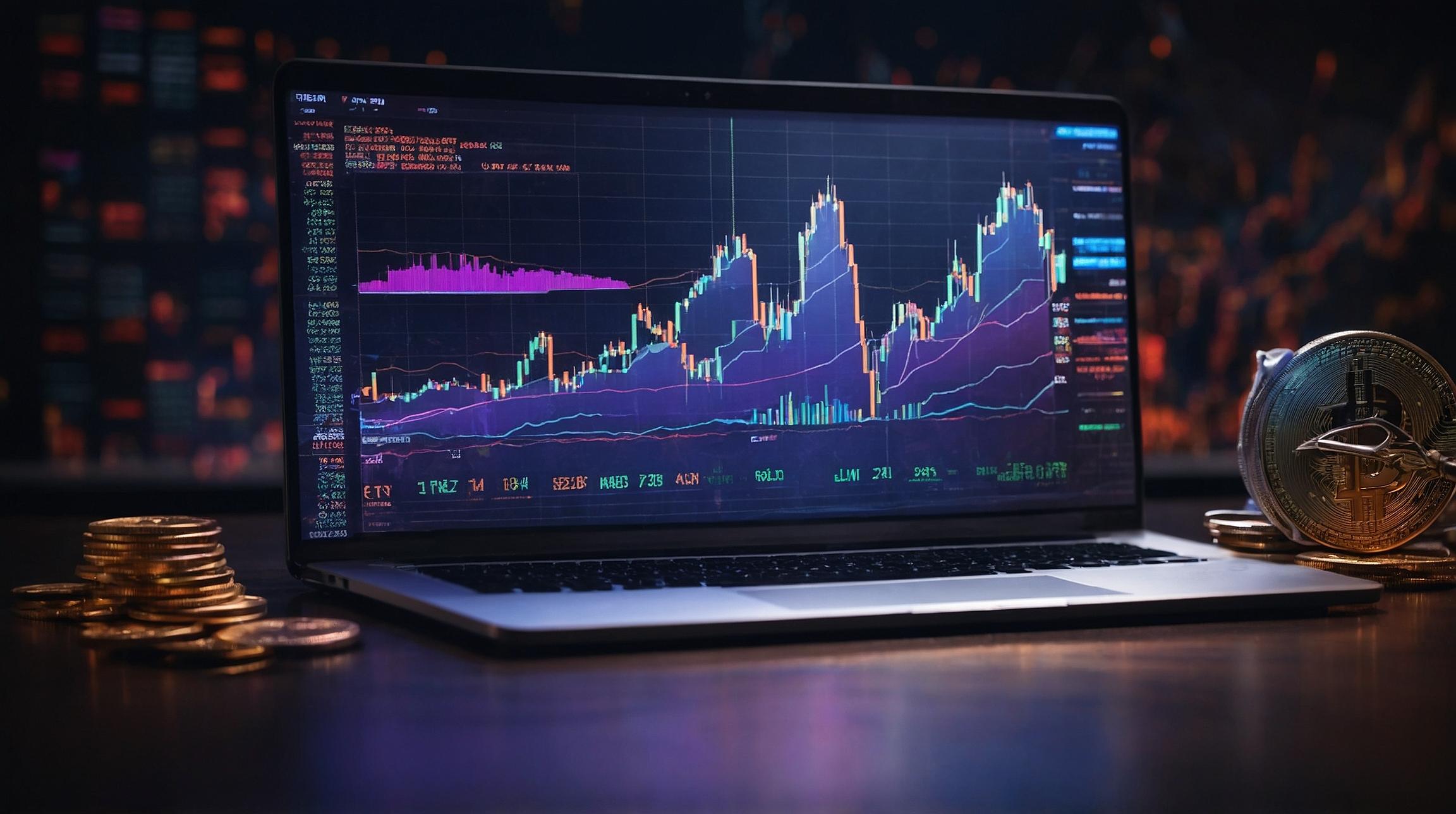Biodegradable Plastics: Sustainable Solutions for a Plastic-Free Future – SWOT Analysis
In an era dominated by environmental concerns, biodegradable plastics emerge as a beacon of hope for a more sustainable future. As the world grapples with the adverse impacts of conventional plastics on ecosystems, businesses and consumers alike are turning toward greener alternatives. This SWOT analysis delves into the strengths, weaknesses, opportunities, and threats associated with the biodegradable plastics industry, highlighting its role in shaping an eco-friendly tomorrow.
Strengths: Eco-Friendly and Renewable
At the heart of the biodegradable plastics revolution is their environmentally friendly nature. Unlike traditional plastics, which take centuries to decompose, biodegradable plastics can break down into natural elements within months to a few years, significantly reducing pollution and landfill waste. Moreover, they are often made from renewable resources, such as corn starch, sugarcane, and other biomass materials, which further reduces their carbon footprint.
Weaknesses: Production Costs and Performance Issues
Despite their environmental benefits, biodegradable plastics face several challenges. High production costs compared to conventional plastics make them less attractive from an economic standpoint. Furthermore, they often exhibit inferior mechanical properties, such as lower strength and durability, which can limit their applications in various industries. There's also the issue of composting infrastructure – without proper facilities, biodegradable plastics may not break down as intended, undermining their environmental advantages.
Opportunities: Regulatory Support and Consumer Demand
The tide is turning in favor of sustainable materials, with governments worldwide implementing regulations to curb plastic pollution. Such policies create a fertile ground for the growth of the biodegradable plastics market. Simultaneously, consumer awareness and demand for sustainable products are on the rise, opening new markets and encouraging innovation in the sector. Advances in technology and materials science could further enhance the performance and reduce the cost of biodegradable plastics, making them more competitive.
Threats: Misconceptions and Lack of Standardization
One of the major hurdles for biodegradable plastics is the misconception among consumers and businesses that all such materials are inherently sustainable. Without understanding the specific conditions required for these plastics to decompose, there's a risk of improper disposal, which could negate their environmental benefits. Moreover, the lack of standardization and clear labeling can lead to confusion, making it difficult for consumers to make informed choices.
Conclusion: Navigating the Path Forward
As we forge ahead, the biodegradable plastics industry stands at a crossroads. The path to widespread adoption is fraught with challenges, from reducing costs and improving performance to educating the public and enhancing composting infrastructure. Nevertheless, the potential of biodegradable plastics to drive us toward a plastic-free future is undeniable. With concerted efforts from policymakers, businesses, and consumers, these sustainable solutions can play a pivotal role in our global sustainability agenda, marking a shift towards a more responsible and eco-conscious society.













